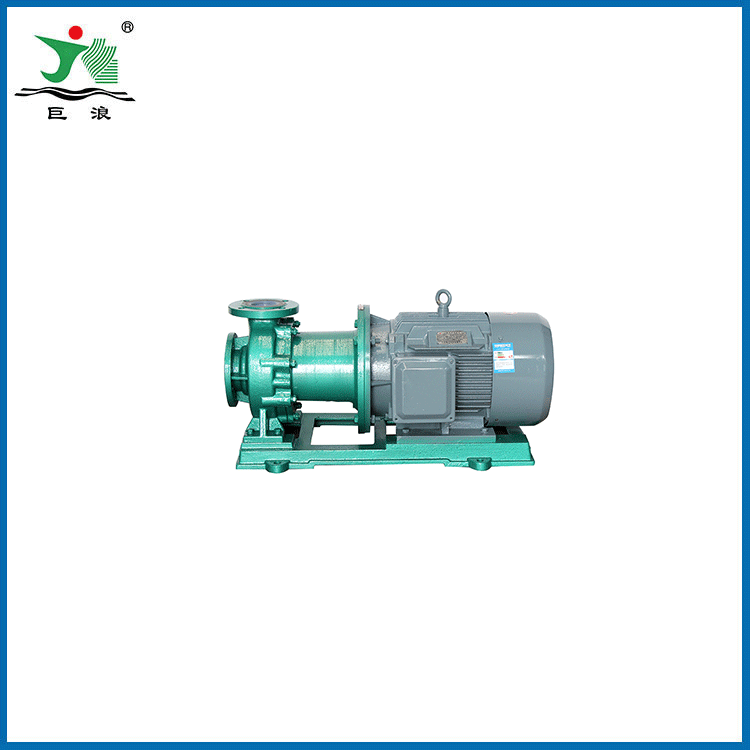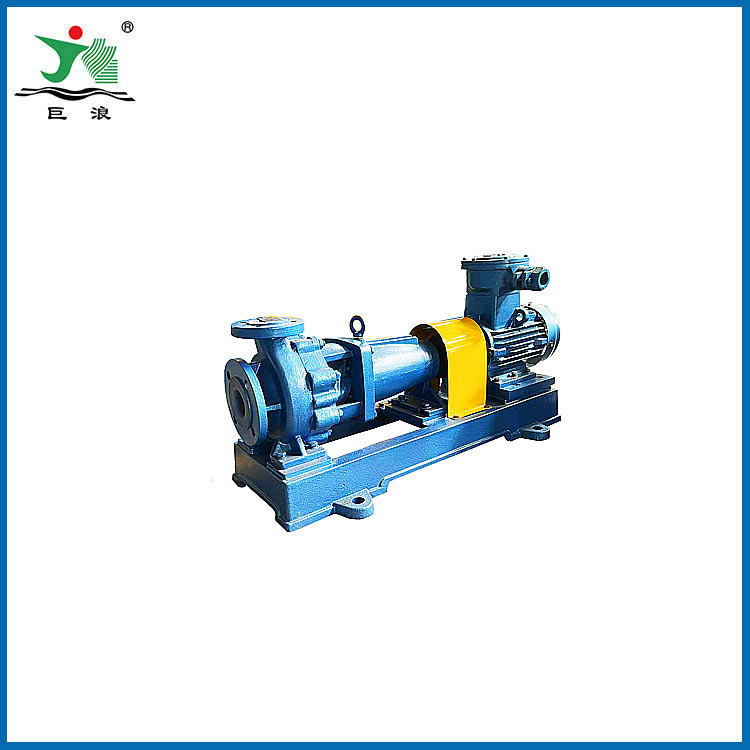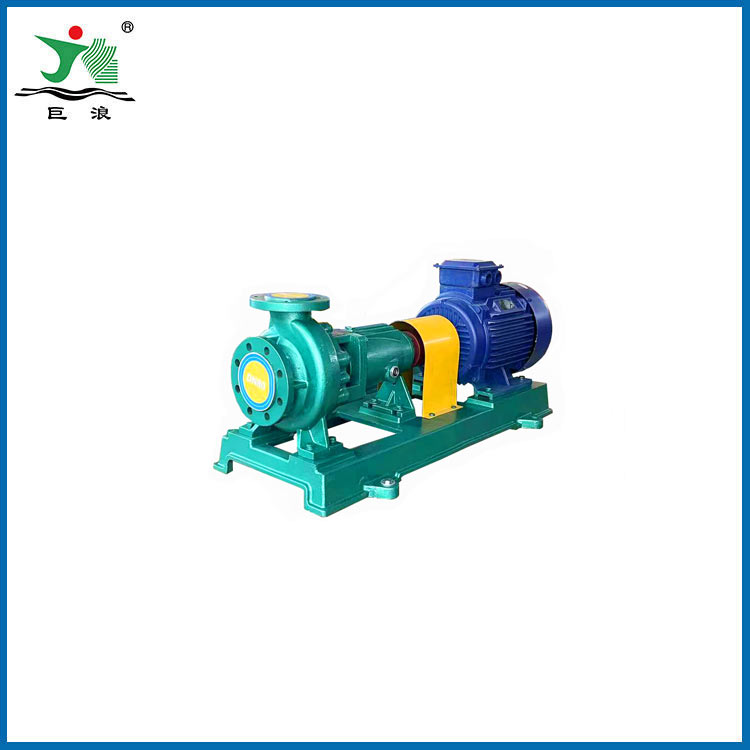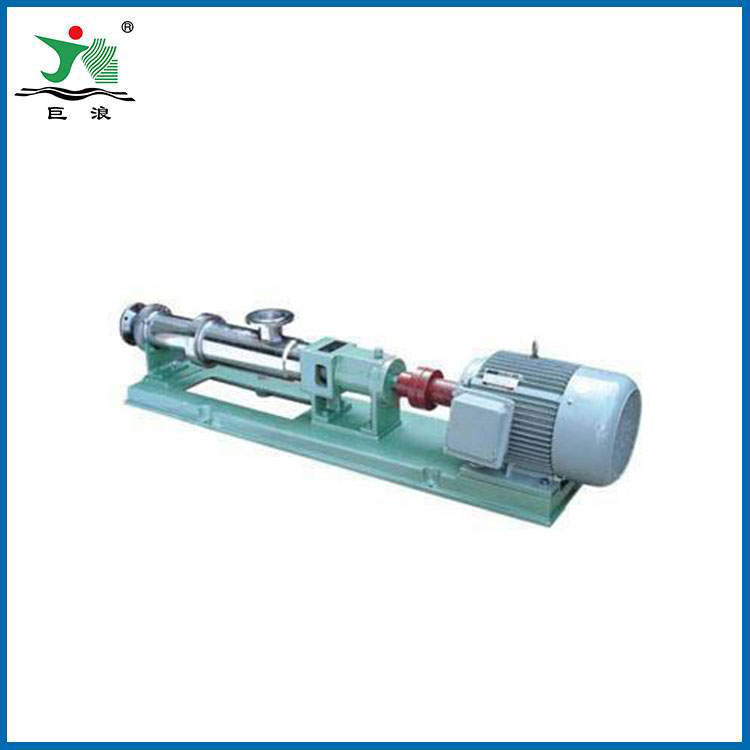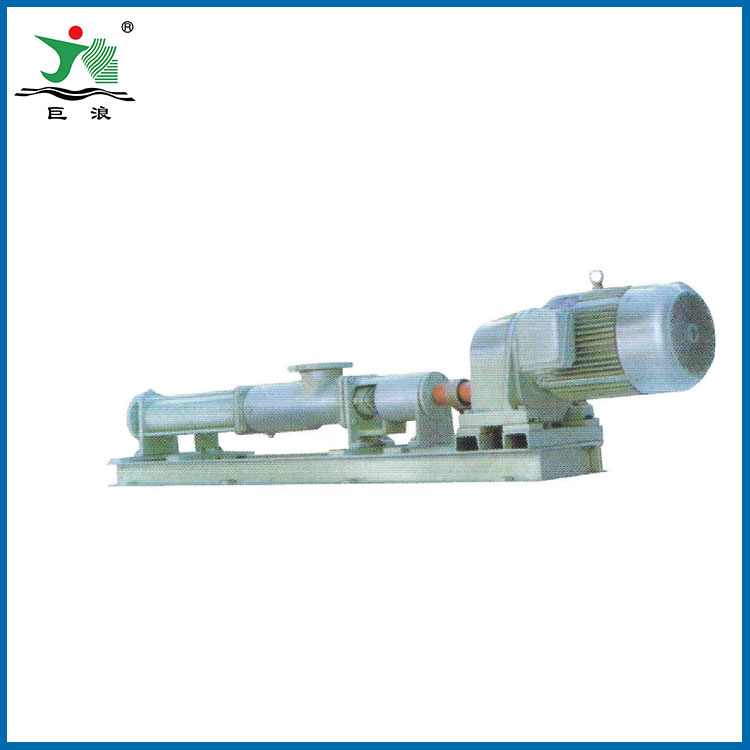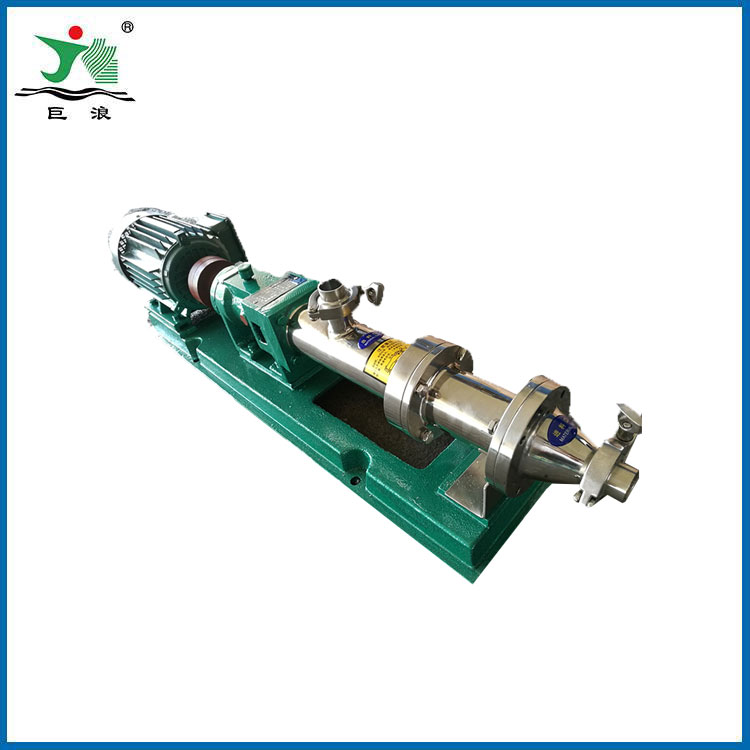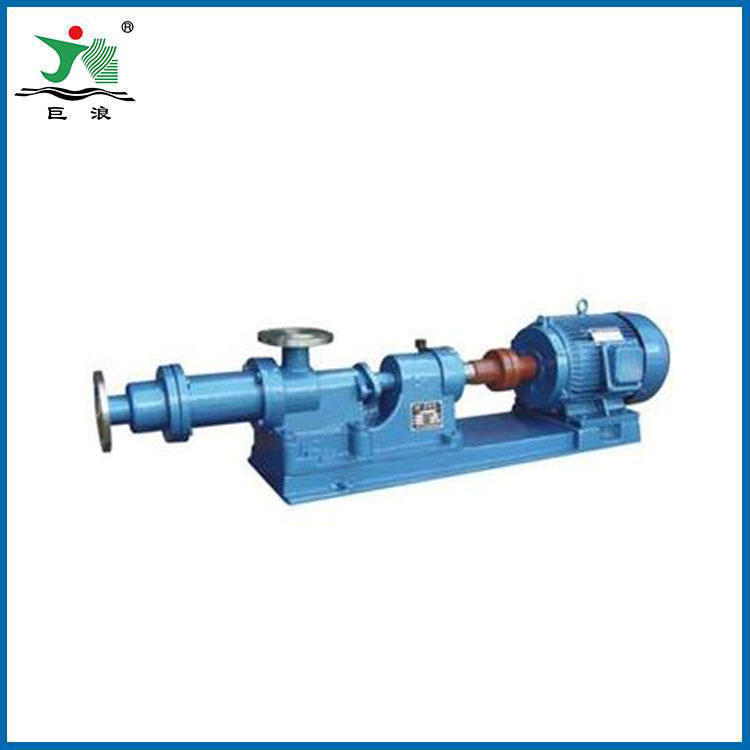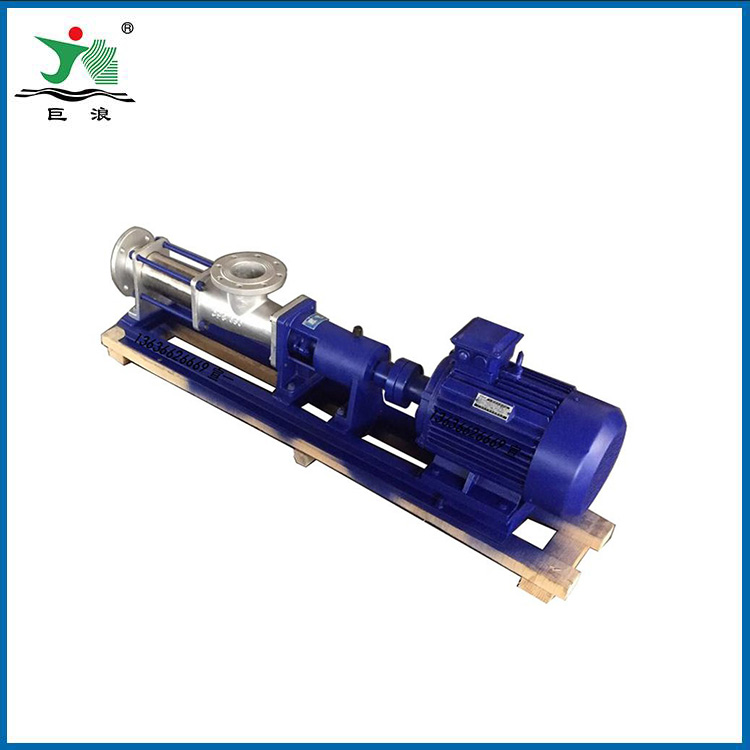- Español
- Português
- русский
- Français
- 日本語
- Deutsch
- tiếng Việt
- Italiano
- Nederlands
- ภาษาไทย
- Polski
- 한국어
- Svenska
- magyar
- Malay
- বাংলা ভাষার
- Dansk
- Suomi
- हिन्दी
- Pilipino
- Türkçe
- Gaeilge
- العربية
- Indonesia
- Norsk
- تمل
- český
- ελληνικά
- український
- Javanese
- فارسی
- தமிழ்
- తెలుగు
- नेपाली
- Burmese
- български
- ລາວ
- Latine
- Қазақша
- Euskal
- Azərbaycan
- Slovenský jazyk
- Македонски
- Lietuvos
- Eesti Keel
- Română
- Slovenski
- मराठी
- Srpski језик
Products
Stainless steel screw pump
Stainless steel screw pump The sanitary screw pump is a new type of pump that works according to the principle of revolving meshing volumetric type. The main working parts are the eccentric screw (rotor) and the fixed bushing (stator).
Send Inquiry
Product Description
Stainless steel screw pump

1. Description of stainless steel screw pump (sanitary grade)
The sanitary screw pump is a new type of pump that works according to the principle of revolving meshing volumetric type. The main working parts are the eccentric screw (rotor) and the fixed bushing (stator).
Due to the special geometric shapes of the two components, separate sealed chambers are formed respectively, the medium is uniformly pushed in the axial direction, and the internal flow rate is low, the volume remains unchanged, and the pressure is stable, so turbulence and agitation are not generated. The output pressure of each stage of the pump is 0.6MPa, the head is 60m (clear water), and it is suitable for conveying medium temperature below 80℃ (up to 150℃ for special requirements).
Because the stator is made of a variety of elastic materials, this kind of pump has the characteristics of conveying high-viscosity fluid and conveying medium containing hard suspended particles or containing fibrous medium, which is incapable of general pumps. The flow rate is proportional to the speed.
The transmission can be directly driven by a coupling, or a speed-regulating motor, V-belt, gearbox and other devices can be used for variable speed.
This kind of pump has few parts, compact structure, small size, easy maintenance, rotor and stator are the vulnerable parts of this pump, simple structure, easy to assemble and disassemble.
2. Advantages of sanitary screw pump:
1) Wide pressure and flow range. The pressure is about 3.4-340 kgf/cm2, and the flow rate can reach 18600cm3/min;
2) The type and viscosity range of the liquid to be transported is wide;
3) Because the inertia force of the rotating parts in the pump is low, a very high speed can be used;
4) Good suction performance, with self-priming ability;
5) Uniform and continuous flow, low vibration and low noise;
6) Compared with other rotary pumps, it is less sensitive to incoming gas and dirt;
7) Solid structure, easy to install and maintain.
The disadvantage of sanitary screw pumps is that the processing and assembly requirements of the screw are relatively high; the performance of the pump is more sensitive to changes in the viscosity of the liquid.
3. Sanitary screw pump structure:
It is mainly composed of a bush (pump cylinder) fixed in the pump body, a driving screw inserted in the pump cylinder and two driven screws meshing with it. The three intermeshing screws form a sealed cavity in the pump cylinder according to each lead, resulting in a seal between the suction and discharge ports.
When the pump is working, since the two driven screws mesh with the driving screw symmetrically, the radial forces acting on the driving screw are completely balanced, and the driving screw does not bear the bending load. The radial force of the driven screw is supported by the pump cylinder bushing along its entire length. Therefore, there is no need to install a bearing at the outer end, and basically it does not bear the bending load. During operation, an oil film formed between the outer surface of the screw and the inner wall of the pump cylinder can prevent direct contact between metals and greatly reduce the wear of the screw tooth surface.
When the stainless steel single screw pump is working, the suction and discharge pressure of the liquid is acting on both ends respectively, so axial thrust is generated on the screw. For small pumps with a pressure difference of less than 10 kgf/cm2, thrust bearings can be used. In addition, high-pressure oil is introduced into the bottom of each screw shaft sleeve through the central oil hole of the driving screw, thereby generating a balanced thrust opposite to the axial thrust at the lower end of the screw.
The screw pump is the same as other positive displacement pumps. When the discharge port of the pump is completely closed, the pressure in the pump will rise to the dangerous degree of damage to the pump or overload of the motor. Therefore, a safety valve must be installed at the suction and discharge port of the pump.
The shaft seal of stainless steel single screw pump usually adopts mechanical shaft seal, and it can take different forms according to the working pressure.



